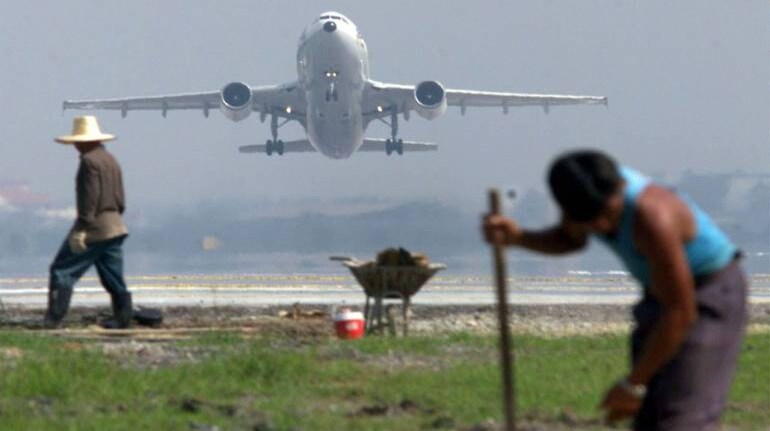



The government is looking to ease conditions that will allow airlines in India to double their fleet by 2024, according to the Economic Survey 2020.
"To continue with the high growth trajectory, the Government has been providing a congenial environment so that the Indian carriers double their fleet from about 680 aircraft (number of aircraft endorsed on Scheduled Airlines) at the close of November 2019 to over 1,200 by FY 2023-24," it said.
Explaining the roadmap, the Survey added: "This would be achieved by easing leasing and financing from Indian shores in conformance with the provisions of the Cape Town Convention and Protocol on Aircraft Equipment, efficient use of air traffic rights, encouraging domestic and international passenger and goods transfers, and rationalising the tax regime."
If done, the initiative will be a big boost for the aviation sector, which has been looking to expand its capacity to meet the rising demand. The domestic aviation, despite slowing down in 2019, continues to be among the fastest growing in the world. India is the third largest market globally, at present. Most of the airlines, including IndiGo, SpiceJet and GoAir, have been aggressive on expanding their fleets.
To further ease the conditions, the government is also pushing the open up more airports.
"To ease the strain on existing airport capacities, 100 more airports are to be made operational by FY 2023-24," says the Survey. Moreover, 46 idle airstrips, 16 private greenfield airports, 15 Airports Authority of India (AAI) airports, 31 heliports, and 12 waterdromes would be developed, it adds. This year, five new airports have already opened.
In total, India at present has 136 commercially-managed airports by AAI and six under PublicPrivate Partnerships (PPP) for Operation, Maintenance and Development of airports.
The Survey makes a mention, though not direct, of Jet Airways, which suspended its operations in April last year.
"Despite a large airline suspending operations on April 17, 2019, the sector swiftly sprung back to fill the void created in passenger and air cargo capacity," it said.
Discover the latest Business News, Sensex, and Nifty updates. Obtain Personal Finance insights, tax queries, and expert opinions on Moneycontrol or download the Moneycontrol App to stay updated!
Find the best of Al News in one place, specially curated for you every weekend.
Stay on top of the latest tech trends and biggest startup news.